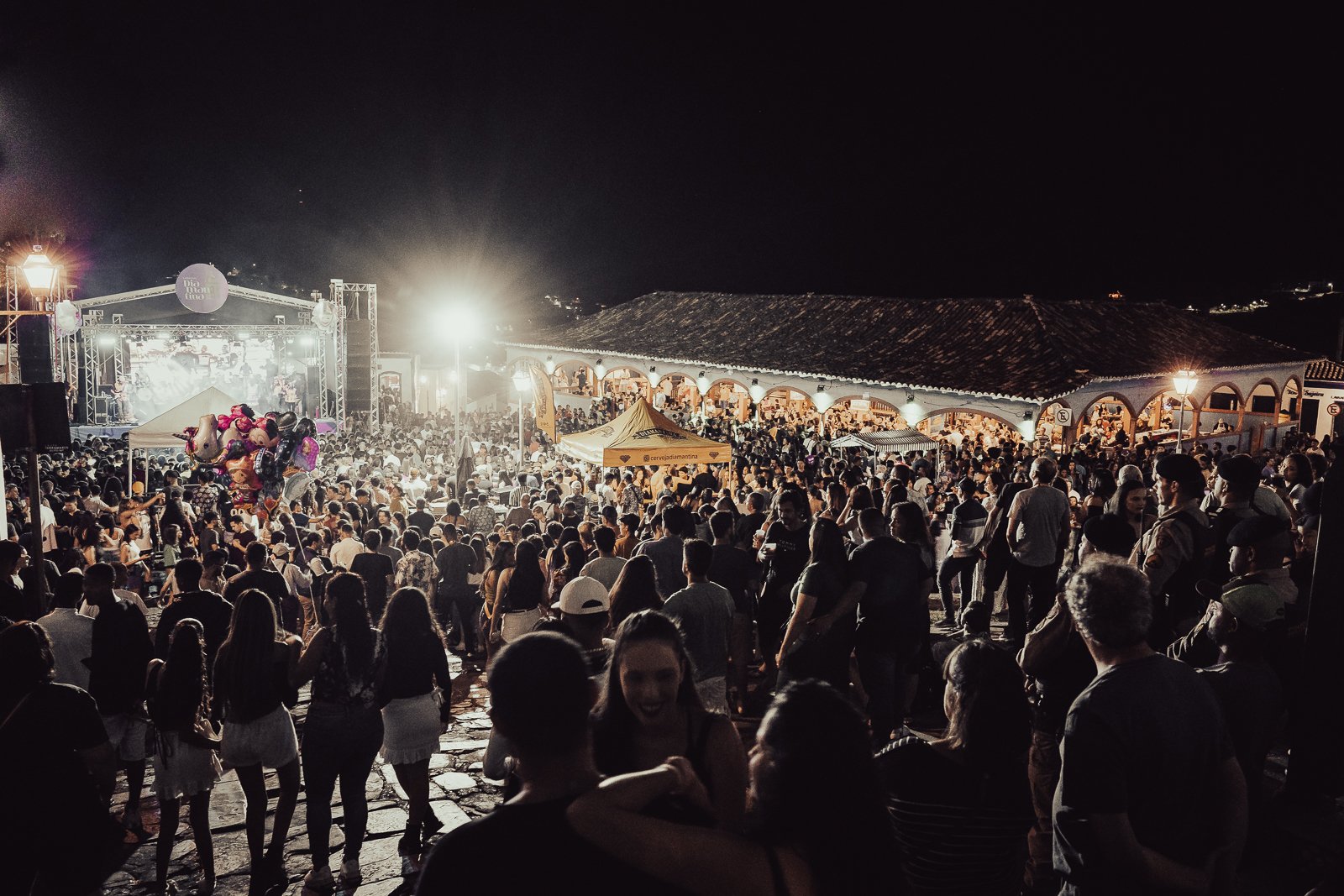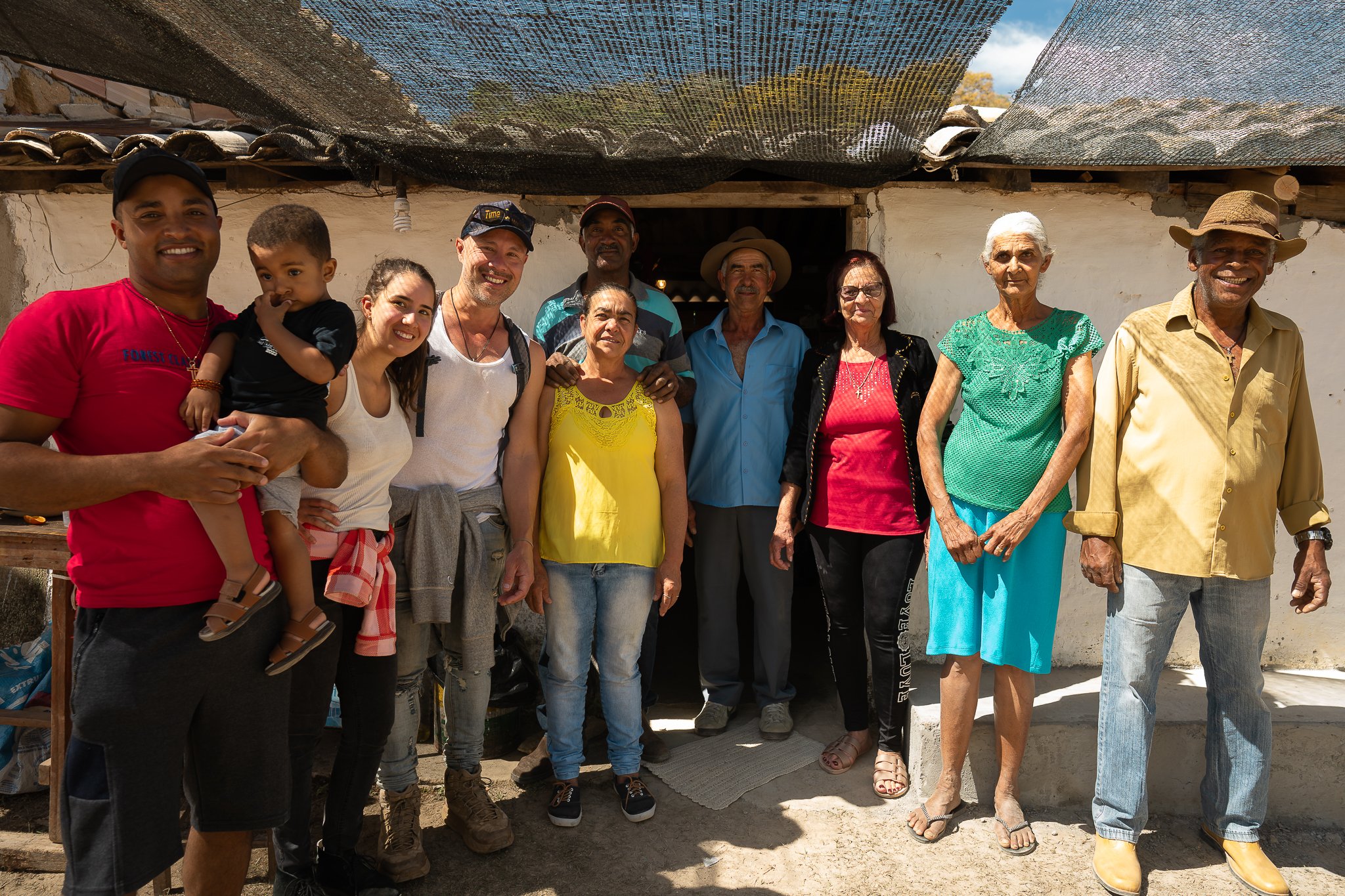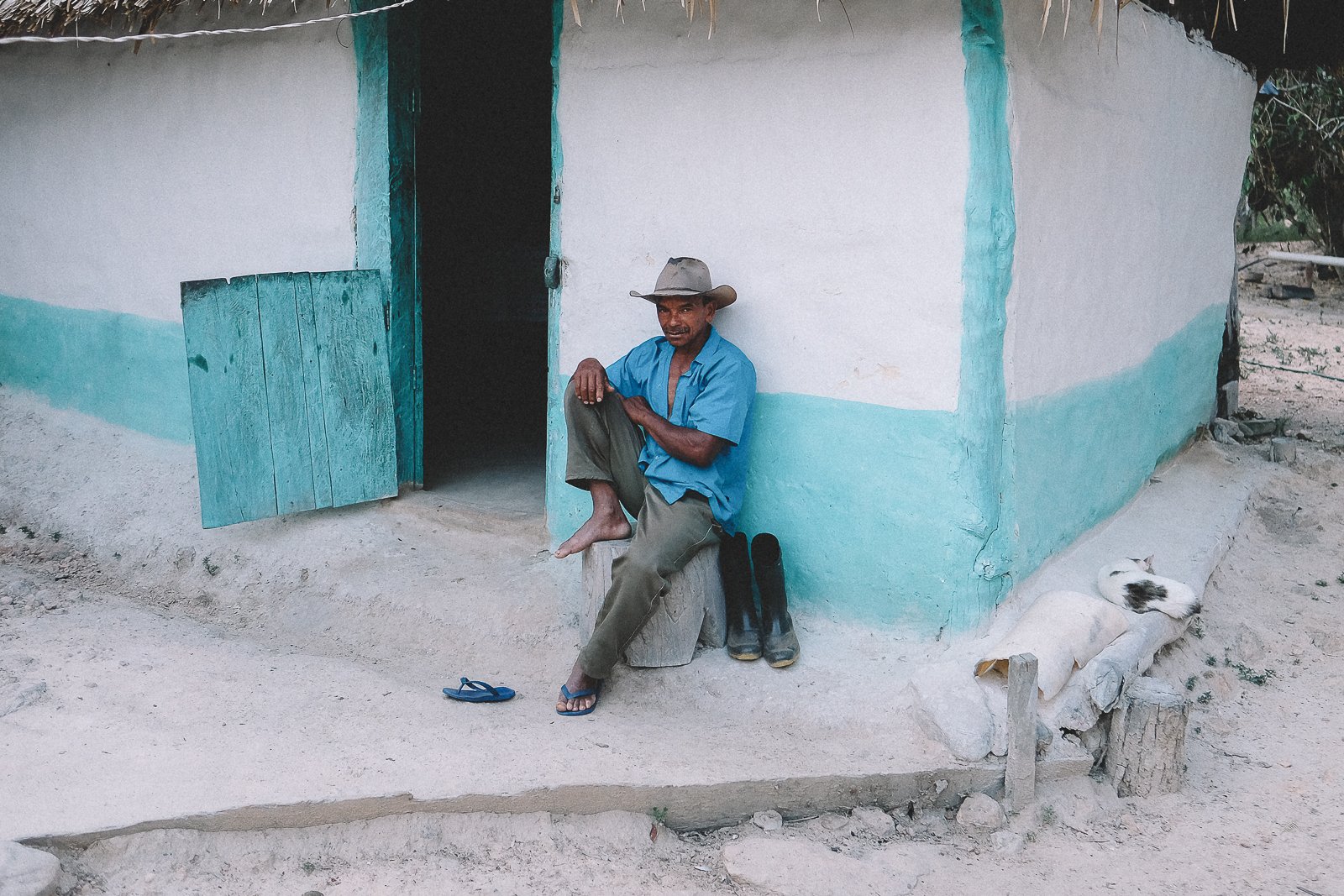
Who We Meet
A Visual Guide to the People & Culture oF the Serra do Espinhaço & Minas Gerais
i. Mineiros
Minas Gerais is Brazil’s heartland, and Mineiros (the state’s denizens) play the part of heartland hosts to a “T”. Easy-going, down-to-earth, and famously chatty, with a well-documented love of food (especially comida mineira, of course) & drink (some of Brazil’s best cachaça & craft brews come from Minas), mineiros are to “friendly” what paulistas (residents of São Paulo) are to “fast-paced” and cariocas (folks from Rio) are to “care-free”.
Relatively speaking, we don’t usually come across too many humans during our trips, but there’s a 99.9% chance that the ones you do meet will be Mineiros. You won’t find a kinder or more welcoming bunch anywhere in Brazil.
Cachaça is an important part of
Sometimes—most times, actually—the best guides aren’t “guides” at all; they’re Local residents who know their respective homelands like the back of their hand. Eddie met Lucas, from the tiny community of vau, through a mutual friend in São Gonçalo do Rio das PEdras, while trying desperately to Locate someone who could help him find A Particularly enigmatic (& locally legendary) waterfall. It turned into an all-day adventure, and a long-term friendship.

Levi. Taquaral
iI. The Masters
Flower pickers, mule-drivers, cowboys, and gold & diamond miners,
Examining the Fogão ao Lenha at Sr. Ze’s House in The remote Quilombola Community of Covão. Still a fixture Of Many Traditional Rural homes in the Espinhaço, Wood-fired Stoves Provide not only A Practical cooking Apparatus, they also heat homes in the winter & water for Showers year-round.
Small Farmsteads have been producing high-quality Cheese in Minas Gerais For centuries, but few outside of Brazil had the pleasure of tasting them. In 2022, Queijo da Canastra (a Creamy raw milk cheese produced in southwestern Minas) Brought Minas to a global audience after it was Named the world’s best Cheese By a popular international Foodie zine, but queijo de Serro, requeijão de Barra, and Musarella (pictured above) aLl have long & storied traditions in the state.
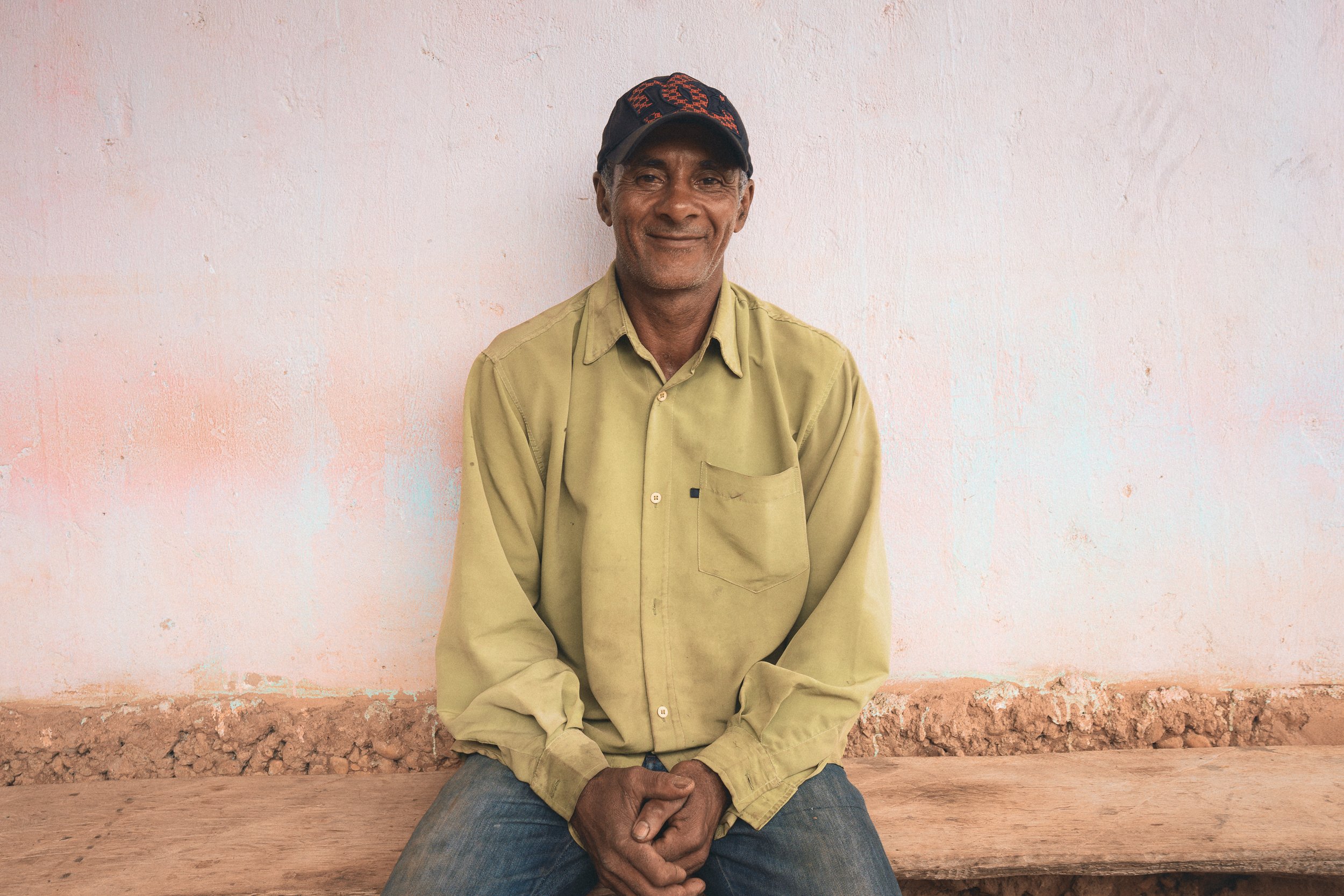
Gomercindo. Braúnas
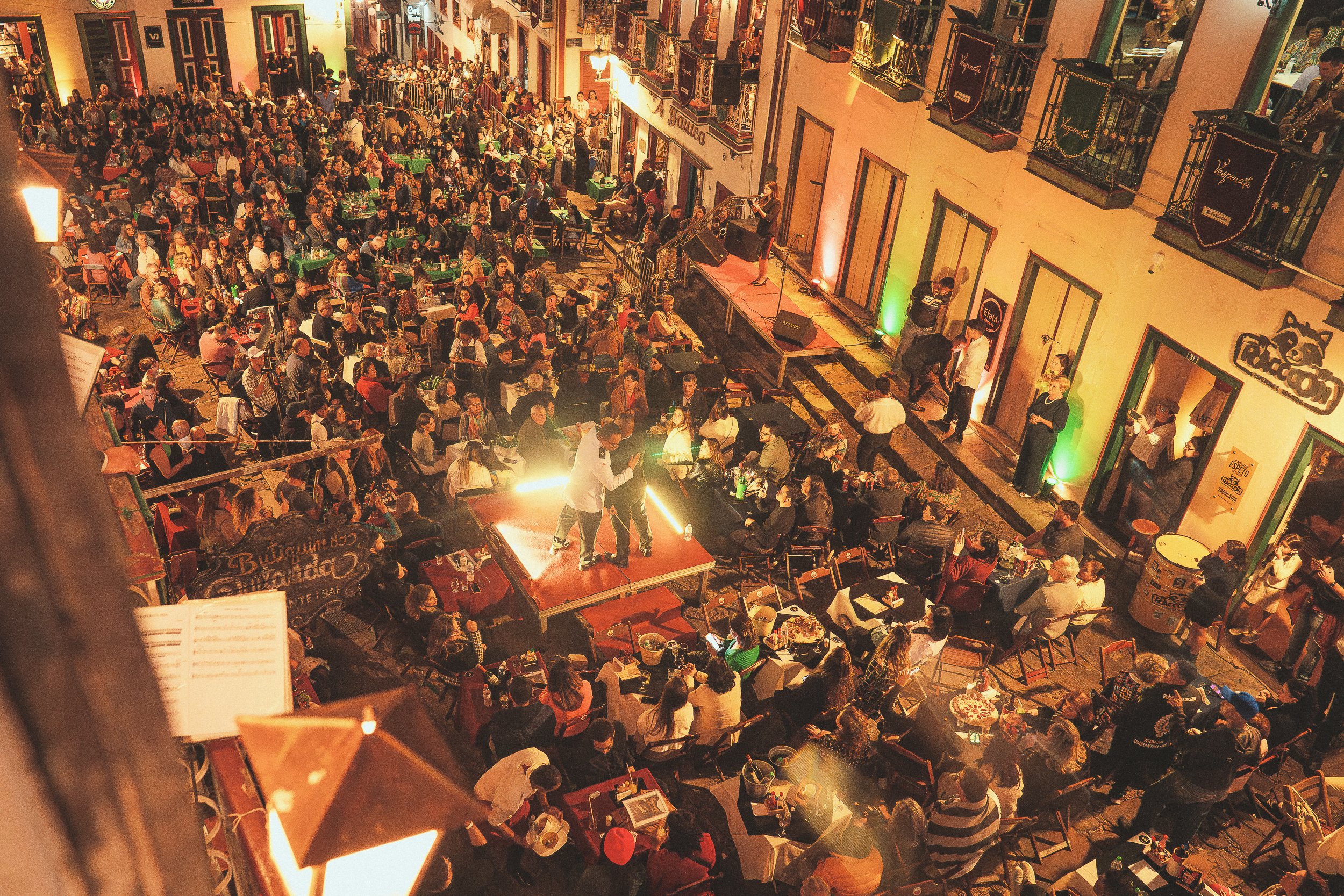
Vesperata. Diamantina
III. Vesperatas
From diamonds & stately architecture to former presidents & raucous Carnaval celebrations, Diamantina has more than its fair share of claims to fame. It’s a bit ironic (and endearing?), then, that its most beloved tradition has become the humble Vesperata, a festive nighttime open-air serenade by the hometown band. (Plot twist: the musicians are the ones up in the windows & on verandas, while those of us getting serenaded are down on the street).
Vesperatas are usually a semi-weekly affair, so the dates don’t always line up favorably for our trips. If we happen to be in town to watch one, you should prepare yourself for an unforgettable evening of Beatles, samba & bossa nova, Musica Popular Brasileira (MPB), and sing-along wedding rock tunes. There isn’t a party on earth where we’d rather celebrate what is often the final night of our Journey together.
III. Community Gatherings & Festivities In Rural Serra do Espinhaço
Brazil may well have the world’s most famous party culture, and Minas Gerais may best, . Diamantina Carnaval, Vesperata, Carnaverata (really), culinary events, … festa juninha
Throughout the year feasts, holidays, saints…
Never underestimate the festive Power of a Sertanejo party. On Day 17 of a 28-day trek In 2021, We received a last-second invite to what we now refer to as “the Best Party of All Time.”
Diamantina
It’s Carnaval! It’s Vesperata! It’s… Carnaverata?! That’s right—Diamantina’s two most famous Annual events conspire once a year to . Mineiros from across the state come
There may not be a more “Only in Brazil” Festivity than the annual pilgrimage to the religious site-turned-party town of cemetério do peixe.

Dona Raquel. Conselheiro Mata
Supper at Sinara’s Lovely house in quarteis do Indaia is always a treat. During this particular visit, Our treat included Hearty portions of savory Beef & potato stew, rice, beans, Farofa, angu, and collared greens (not pictured). After 31 km of hard-fought trekking… let’s just say we left feeling incredible.
An unexpected desert of Maracuja pudding at Sinara’s House in Quarteis. Mmmm…
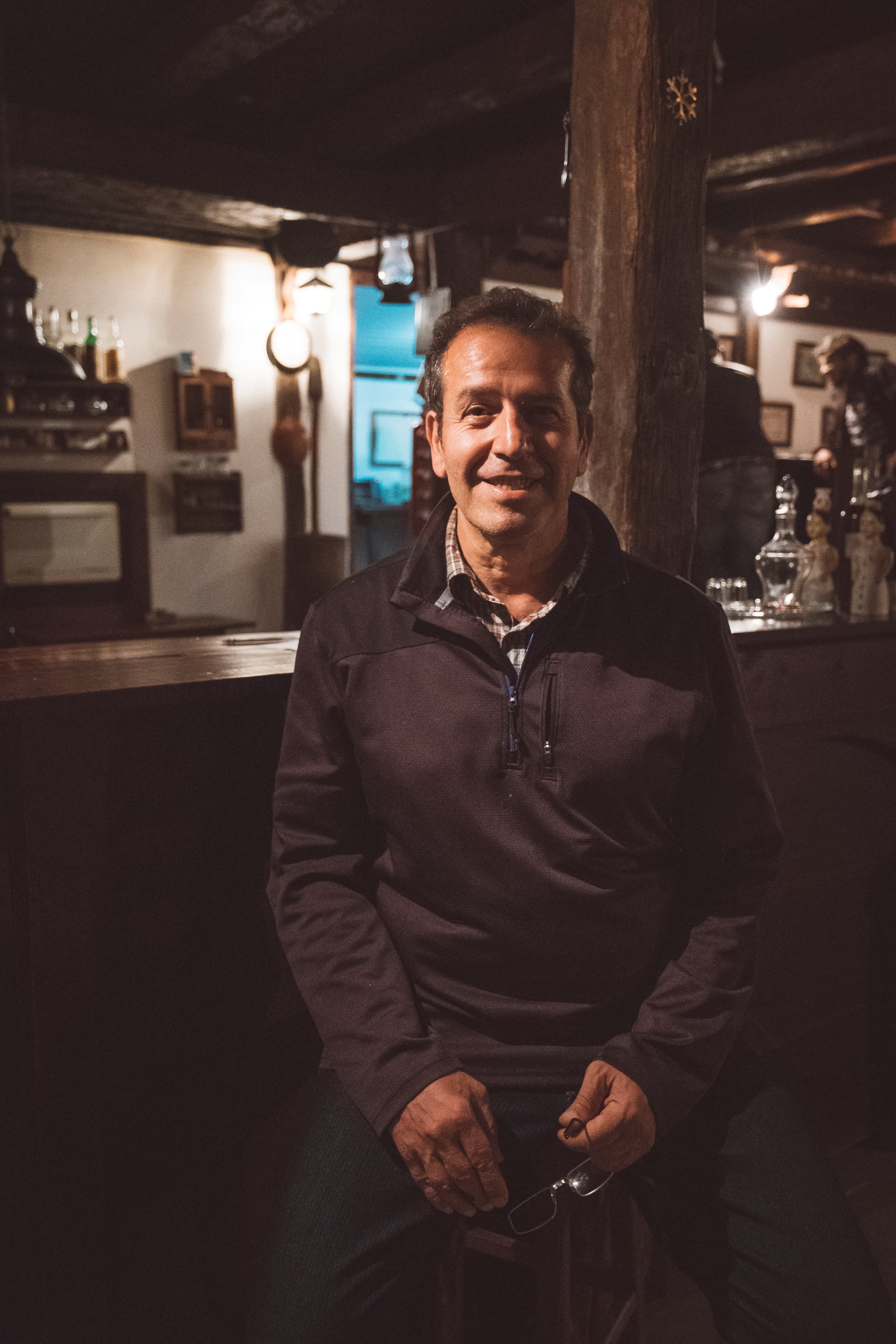
Luis. São Gonçalo
IV. Innkeeps
When it comes to home-cooked meals, we rarely make special requests—we want our hosts to serve us the food that they feel comfortable preparing, and that they would eat were our group not at the table to join them—but we do occasionally ask for beefed up quantities (no pun intended; we usually arrive famished). That said, we cannot emphasize enough how hearty the portions naturally tend to be at the homes & restaurants where we dine, and travelers frequently site meals as being among the most fulfilling highlights of their trip.
As a final note about home cooking & restaurants: many of the folks preparing our meals do so with great humility & gratitude. With the arguable exception of Diamantina, the Espinhaço is not a wealthy region, nor does it receive much in the way of international tourism. For many of our hosts & hostesses, cooking for a group of famished foreigners is both a rare treat and an event to be taken seriously. We consider it a privilege to break bread with them.
Júlio (left) & Paul Gleefully Helping themselves to a hearty wood-fired feast at Noêmia’s house in the quilombola community of capivarí. “Self-service” Buffets are the norm in Minas gerais, even in homes.
Portions tend to be overly Generous (there were just 4 of us present on this evening) and Heavy on carbohydrates, vegetables, and proteins—Which is great, because we usually show up pretty famished.

An award-winning take on Carne de Lata (Canned Meat). Diamantina
IV. Rural Brazil
According to the UN, a staggering 87% of Brazilians now reside within urban areas (usually defined as population centers with 2,000+ inhabitants), compared to 56% of people worldwide. Our Journeys cast a light on the lives of the remaining 13%.
We’ll likely pass through more than a dozen communities during your Journey, many of them rural. From quaint colonial hamlets to bucolic quilombos, festive cowtowns to chic historic villas, mystical railway communities to UNESCO World Heritage City Diamantina, each & every community on our itinerary has its own compelling character, setting, and reason for being. It’s truly remarkable how dramatically the cultural landscape can change in just 25 kilometers.
Café da Manha. Family-run Hotel
Café da Manha. Pousada
Café da Manha. Pousada
Café da Manha. Small Inn
Café da Manha. Rock Shelter
Café da Manha. Diamantina
Café da Manha. Family-run Hotel
Café da Manha. Pousada
Café da Manha. Ranch

Noêmia. Capivarí
V. Comunidades Quilombolas
The discovery of diamonds in the Serra do Espinhaço directly and dramatically changed the fortunes of not only Europe, but of Africa. Quilombos—semi-autonomous backcountry communities founded by former slaves prior to the 19th century—bear witness.
The Jequitinhona River Valley administrative district (of which Diamantina is the capital) is home to more than 80 official quilombo communities (any many more unofficial ones), dozens of which dot the Espinhaço. Bucolic, unpretentious, and near-universally backdropped by stunning scenery (not coincidentally: the early founders were often rural workers on remote ranches, or runaways who sought to move as far from civilized areas as possible), they provide an unforgettable glimpse into the diverse cultural landscape of the Espinhaço and Brazil, at large.
Should we have time to stay the night at one or more during your Journey, it’s bound to be an unforgettable experience.

Street Scene, Sáo Gonçalo do Rio das Pedras
V. Colonial-era Villages
If it starts to feel like every other community in the Espinhaço is a vista-blessed colonial-era mining hamlet, your math isn’t too far off. From elegant São Gonçalo do Rio das Pedras to rustic Curralinho; postcard-perfect Capão Maravilha to forgotten São João da Chapada; festive Milho Verde to somber Mendanha, the region is chock-full of historic mountain settlements, with each as unique, secret, and compelling as the next.
There’s magic in the air in these communities, and the locals know it. Few places are capable of bringing travelers into the enchantment of the Espinhaço quicker.
Meat left to cure in a rock shelter by local flower-pickers. We didn’t partake in this particular meal (we were just stopping by to see if anyone we knew was camped out in the shelter), but carne de sol and its lesser known sibling, carne serenata, are both regional staples steeped in tradition.
We might be in the serra do espinhaço, but the Colorful meal you see above could well be anywhere in Brazil. A kaleidoscope of farm-fresh Vegetables & fatty, lightly seasoned proteins frame a generous portion of rice, beans, and farofa. Bom apetit!
VII. Alcohol & beverages
By & large, Mineiros enjoy partaking in a good drink or two—especially if in good company, and if the drink in question is an ice-cold cerveja or a locally distilled cachaça. Minas Gerais is renown for its outstanding cachaça; the state is the epicenter of Brazil’s alembic (artisanal, copper pot-stilled; as opposed to industrial, stainless steel-stilled) production, and Diamantina is a stone’s throw from the state’s cachaça heartland in Norte de Minas.
While those two beverages remain far & away the most popular tipples statewide, it’s interesting to note that in recent years the sandy soil & mild year-round climate of the Espinhaço has attracted a growing number of smallscale winemakers. That said, wine as a beverage remains decidedly uncommon in the Espinhaço and much of rural Brazil (with the exceptions of the southern states) as a whole.
Drinking in Brazil, in general, and in Minas, especially is often a social, hours-long affair. During most evenings of our trips, ice-cold (and we mean ice-cold) beer and/or local cachaça will usually be available either on the premises or on in town. Cachaça may be available during our camping nights in the bush, as well. Fair warning: the phrase vamo tomar uma (literally, “let’s drink one”) is local code for “let’s drink many more than one”.
If you enjoy , we think it can be a great way to get to know the locals. While we don’t necessarily recommend painting the towns red each night of a multi-hundred-kilometer trek, we don’t not recommend it either.







